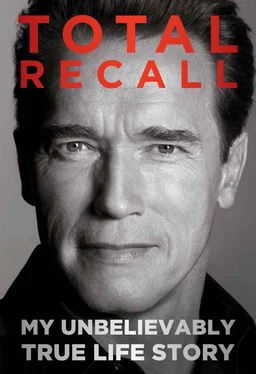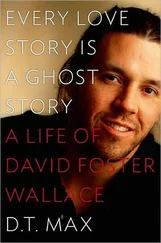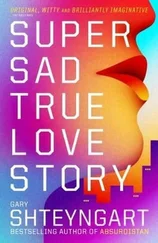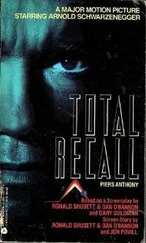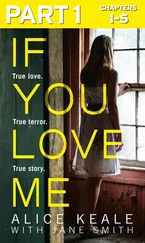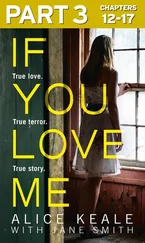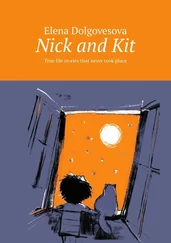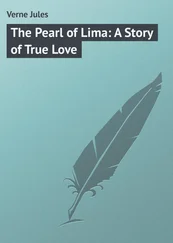Just as after my heart surgery, Hollywood initially pulled back. The phone stopped ringing. But by summer my nephew Patrick Knapp, who serves as my entertainment lawyer, reported that studios and producers had begun calling again. “Is Arnold’s career still on hold?” they were asking. “We don’t have to talk to Arnold directly, because we understand if he’s still going through this family crisis, but can we talk to you at least? We have this great film we want to do with him …”
By autumn I was back to shooting action movies— The Expendables 2 in Bulgaria with Sylvester Stallone, The Last Stand in New Mexico with director Jee-Woon Kim, and The Tomb, another film with Stallone, near New Orleans. I’d wondered what being in front of the cameras again would feel like. When I was governor and I would visit a movie set, I would think, “Boy, am I glad that I am not hanging upside down in a harness having to do a fight scene.” My friends would ask, “Don’t you miss this?” And I would say, “Not at all. I’m so glad I’m in a suit and tie and I’m about to have a meeting about education and digital textbooks and then give a speech about keeping crime down.” But the brain always surprises. You start reading scripts and visualizing the scene and how to direct it, how to choreograph the stunt, and then you get into it and then you look forward to doing it. The mind unwinds from the political stuff and shifts to the new challenges.
Sly was shooting The Expendables 2 in Bulgaria, and when I arrived on location in September 2011, it was my first time back as an actor, except for cameos in The Kid and I and The Expendables while I was governor. I was eight years out of practice with shoot-outs and stunts. The other veteran action heroes in the cast—Sly, Bruce Willis, Dolph Lundgren, Jean-Claude Van Damme and Chuck Norris—were really nice to me and kind of protective. Normally an action star keeps to himself on the set, practicing his martial arts and looking studly. But these guys really went out of their way. Someone would come over and say, “The safety of that gun is here … This is how you load the shells.” I felt like I was being welcomed back into the craft of action and acting.
The stunts were hard. The work is very physical and it takes conditioning because you have to do each stunt over and over: slamming into some desk, running around with weapons, dropping to the floor, staying low because you’re being shot at. You realize there’s a difference between being thirty-five and almost sixty-five. I was glad that The Expendables 2 is an ensemble movie, where I was one of eight or ten stars. I was only on the set for four days, and never felt that the pressure to carry the movie was on me.
I went from Bulgaria to the American Southwest to shoot The Last Stand. With that movie, a lot of the pressure did fall on me. In fact, the script had been written for me. I play an LAPD drug cop who is near retirement. After my partner gets crippled in a bungled raid, I decide I can’t handle the job anymore. So I go back to my hometown on the Arizona-Mexico border and become sheriff. Then suddenly a major drug gang is headed my way after escaping the FBI. They’re hardened criminals and ex-military warriors, I’m supposed to stop them from crossing into Mexico, and I have only three inexperienced deputies. We’re the last stand. It’s a great, great role. The sheriff knows if he succeeds, it will mean everything to the town. His reputation is on the line. Is he really over the hill or can he do it?
For my next movie, The Tomb , I shift from being the law to being an outlaw. I play Emil Rottmayer, a security expert who gets locked up and put under interrogation for plotting cyberterrorism. The prison is a nightmarish, privately owned super-high-tech dungeon in an unknown location, where Western governments remand people who pose a threat to the establishment. Rottmayer is tortured because he won’t betray his boss, the rebel mastermind, who is still at large. Into this scene comes Sylvester Stallone as the prison world’s top “structural security” expert, Ray Breslin. His specialty is going undercover into ultramax prisons and exposing their weaknesses by breaking out. Only this time, he’s been betrayed by a business partner who stands to make a fortune if the Tomb is escape-proof and Sly never succeeds in escaping. After some confrontations Sly and I team up, and the action takes off from there. To get the hardcore huge industrial prison look, our director, Swedish filmmaker Mikael Håfström, is shooting most of The Tomb in a former NASA plant in Louisiana. The common area for the prisoners, called Babylon, is a cavernous 200-foot-tall chamber where until recently rocket-makers assembled the external fuel tank for the space shuttle. Today the space is empty and intimidating, the perfect backdrop for a movie that pits the heroes against the evils of the global establishment.
Back in real life, I’m taking on a big, fresh challenge. This summer we announced a major new institute at the University of Southern California, the USC Schwarzenegger Institute for State and Global Policy. So even though I left office, I will continue to promote the policies that were closest to my heart: political reform, climate change and the environment, education reform, economic reform, and health care and stem cell research.
Just as presidential libraries continue the legacies of former presidents with research and scholarship, our institute will seek to add to the public discourse and inspire change. We will work with some of the best minds in public policy to produce studies and offer recommendations on a world stage.
USC is a perfect fit: it prides itself on being neither conservative nor liberal but open minded. It operates by promoting discussion to draw the best ideas from the brightest minds across the political spectrum. We’ll host summits and workshops and sponsor research in areas where I focused as governor and where California has made historic progress.
I will also have the great honor of being appointed the first Governor Downey Professor of State and Global Policy, a chair named after California’s first immigrant governor, USC cofounder John G. Downey. Professorship will enable me to travel the world and give lectures representing USC and the Schwarzenegger Institute.
My term as governor had to end, but with the institute, I will extend and expand on the work I started in office. I find this compelling because I’m never happy until I can share what I’ve learned and experienced. I think back to Sarge and Eunice, and the way that they always encouraged me to focus on causes bigger than myself. Sarge said it best in a great speech he gave at Yale in 1994. He told the graduating class, “It’s not what you get out of life that counts. Break your mirrors! In our society that is so self-absorbed, begin to look less at yourself and more at each other. You’ll get more satisfaction from having improved your neighborhood, your town, your state, your country, and your fellow human beings than you’ll ever get from your muscles, your figure, your automobile, your house, or your credit rating. You’ll get more from being a peacemaker than a warrior.” I think about those words all the time. The great leaders always talk about things that are much bigger than themselves. They say working for a cause that will outlive us is what brings meaning and joy. The more I’m able to accomplish in the world, the more I agree.
CHAPTER 30
Arnold’s Rules
I ALWAYS WANTED TObe an inspiration for people, but I never set out to be a role model in everything. How could I be when I have so many contradictions and crosscurrents in my life? I’m a European who became an American leader; a Republican who loves Democrats; a businessman who makes his living as an action hero; a tremendously disciplined superachiever who hasn’t always been disciplined enough; a fitness expert who loves cigars; an environmentalist who loves Hummers; a fun-loving guy with kid-like enthusiasm who is most famous for terminating people. How would anybody know what to imitate?
Читать дальше
